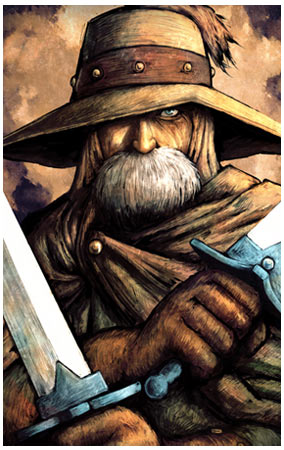Over the weekend I needed a DVI to HDMI adapter so I could attach a monitor to a computer that only had an HDMI port on the back. I went to a computer store near J-List called Pasocon Land (the slogan on the side of the building is “Power Up Computing Life!”) and told the clerk there what I needed. He was an older man, in his sixties, and when he said, “You’re looking for a DVI to HDMI adapter? Okay, let’s see what we can find,” it was amusing because he pronounced the letter “D” as “deh.” For phonetic reasons, you can express the sounds da, du, de and do with the katakana writing system, but in place of a character for the di sound is an archaic character that’s pronounced ji, so Japanese in the Showa Period got used to substituting de for the di sounds used in English, and te for ti. This resulted in words like “Deh-sneyland” for Disneyland, “Teh” intersection for a T-intersection, and “panteh” for the English word “panty,” which sound strange to the ear now — about as odd as saying “saki” for sake, I guess. In the postwar years the Japanese added a way to write “di” and “ti” sounds to katakana, but older Japanese never learned this, and go their entire lives using the old words. Since words like DVI, HDMI or HD-TV are cool and high-tech sounding, it’s especially funny to hear them spoken in “Japanese old man dialect.”

Older Japanese men say “deh” instead of “dee”.














